“Joker,” the controversial drama about the mentally ill Batman villain that sparked backlash with its realistic depictions of extreme violence, triumphed at the 92nd annual Academy Awards nominations on Monday morning, earning 11 nods, the most of any film.
Three films were close behind with 10 nominations: “Once Upon a Time in Hollywood,” Quentin Tarantino’s fictional ode to 1960s Hollywood; “The Irishman,” Martin Scorsese’s mob drama starring Robert De Niro, Al Pacino and Joe Pesci that clocks in at three and a half hours; and “1917,” the World War I epic that centers on two British soldiers on a dangerous trip to deliver a critical message that could save 1,600 troops.
All four of those movies also earned best picture nominations. Rounding out the prestigious category is “Little Women,” Greta Gerwig’s version of Louisa May Alcott’s tale of four sisters growing up in Massachusetts during the Civil War; “Marriage Story,” which centers on an excruciating divorce and custody battle; “Parasite,” the South Korean psychological thriller-slash-dark comedy; “Jojo Rabbit,” about a young German boy who counts Hitler as an imaginary friend; and “Ford v Ferrari,” based on the true story of Ford’s goal to make a faster car than the Ferrari.
For the second year in a row, there were no women nominated in the best director category: Nominees included Martin Scorsese, Quentin Tarantino, Bong Joon-ho, Sam Mendes and Todd Phillips, with the notable snub of Gerwig.
Once again, the Oscars ceremony will be host-free – after the debacle over Kevin Hart’s tweets in 2019, the show’s producers aren’t taking any chances. “There was a lot of conversation about which way to go and there may be a day when we decide to have a host again, but the focus has been on the most entertaining show and not on the host,” ABC entertainment president Karey Burke told reporters last week.
The nominations were announced Monday morning, hosted by actress Issa Rae and John Cho. The Academy Awards air Sunday, Feb. 9 – with no host – on ABC.
– – –
Oscar nominations by movie:
“Joker” – 11
“Once Upon a Time In Hollywood” – 10
“The Irishman” – 10
“1917” – 10
“Parasite” – 6
“Marriage Story” 6
“Little Women” – 6
“Bombshell” – 3
– – –
The nominations for the 92nd Academy Awards:
Best picture
“Once Upon a Time in Hollywood”
“The Irishman”
“Parasite”
“1917”
“Marriage Story”
“Jojo Rabbit”
“Joker”
“Little Women”
“Ford v Ferrari”
Analysis: The best predictors for the Oscar nominations are often the respective category’s guild awards, and this year’s best picture nominees almost mirror those for the Producers Guild Awards’ top prize. The exception would be “Knives Out,” which the PGAs nominated but which landed only a best original screenplay nomination here. None of these titles are a shock, though it’s worth noting that “Parasite” has picked up enough steam in the past few weeks to land major nominations outside the international feature film category.
– – –
Best actress in a leading role
Renée Zellweger, “Judy”
Charlize Theron, “Bombshell”
Scarlett Johansson, “Marriage Story”
Saoirse Ronan, “Little Women”
Cynthia Erivo, “Harriet”
Analysis: There are no major surprises here, though one could surely take issue with the lack of nods for Awkwafina, a Golden Globe winner for her dramatic turn in “The Farewell,” and Cho Yeo-jeong, a scene-stealer in Bong Joon-ho’s heavily nominated “Parasite.” Unlike BAFTA, the voting body overseeing Britain’s equivalent of the Oscars, the academy also gave a nod to Erivo’s performance in the long-awaited “Harriet.” It’s worth noting that Johansson is nominated for her first Oscar (make that two, since she also got a supporting actress nod for “Jojo Rabbit.”) She has solid contenders in Zellweger, Theron and Ronan, so the outcome for this category is anyone’s guess.
– – –
Best actor in a leading role
Joaquin Phoenix, “Joker”
Adam Driver, “Marriage Story”
Leonardo DiCaprio, “Once Upon a Time in Hollywood”
Antonio Banderas, “Pain and Glory”
Jonathan Pryce, “The Two Popes”
Analysis: Joaquin Phoenix, the clear front-runner; Adam Driver; and Leonardo DiCaprio have consistently landed best actor nominations throughout award season, but those last two slots have been in flux. Critics’ favorite Antonio Banderas was always in the running for his emotional performance in Pedro Almodóvar’s “Pain and Glory,” while Jonathan Pryce also earned a Golden Globe nomination for his role in “The Two Popes.” Potential snubs include Christian Bale for “Ford v Ferrari” and Robert De Niro for “The Irishman,” two films that fared well in other categories.
– – –
Best director
Martin Scorsese, “The Irishman”
Quentin Tarantino, “Once Upon a Time in Hollywood”
Bong Joon-ho, “Parasite”
Sam Mendes, “1917”
Todd Phillips, “Joker”
Analysis: “Congratulations to those men,” Rae joked after the nominations were read. Indeed, the lack of Greta Gerwig’s inclusion for “Little Women” is a snub, though sadly not an unexpected one. The director to watch here is Tarantino, who has been twice nominated for the award to no avail. A wave of goodwill has swelled around Bong’s film “Parasite.” Directors of foreign-language films don’t historically win in this category – Alfonso Cuarón winning for “Roma” last year being a notable exception – so a W for Joon-ho could begin a welcome/interesting trend. But let’s not forget that although Phillips’s “Joker” might be the year’s most divisive film, it’s also the one with the most Oscar nods. One thing’s for certain: A dude will be bringing this trophy home … again.
– – –
Best actor in a supporting role
Brad Pitt, “Once Upon a Time in Hollywood”
Al Pacino, “The Irishman”
Joe Pesci, “The Irishman”
Tom Hanks, “A Beautiful Day in the Neighborhood”
Anthony Hopkins, “The Two Popes”
Analysis: This race has long been Pitt’s to lose, especially if Pacino and Pesci split voters fond of Scorsese’s mob epic. If Pitt does emerge victorious, it’ll be his first Oscar win for acting, despite three nominations. However, the academy always enjoys an actor’s soulful transformation into a real person, so Hanks’s turn as Mister Rogers stands a strong chance. But no one should sleep on Hopkins – voter buzz around “The Two Popes” has been strong during the past few months. One thing’s for certain: Netflix did well here; three of the five performances were in films produced by the streaming service.
– – –
Best actress in a supporting role
Laura Dern, “Marriage Story”
Margot Robbie, “Bombshell”
Florence Pugh, “Little Women”
Scarlett Johansson, “Jojo Rabbit”
Kathy Bates, “Richard Jewell”
Analysis: If any race has a clear front-runner, it’s here. Dern has spent most of the year as a favorite, and nothing here suggests she won’t win – except, maybe, Johansson’s nomination. The actress, who has never before been nominated, appears both here and in best actress (for “Marriage Story”). There’s clearly a wave of support for Johansson, which suggests she just might upset Dern. Speaking of upset, though she was a long shot, many “Hustlers” fans are decrying the lack of Jennifer Lopez – some even calling it a snub.
– – –
Best international feature film
South Korea, “Parasite”
Spain, “Pain and Glory”
France, “Les Misérables”
North Macedonia, “Honeyland”
Poland, “Corpus Christi”
Analysis: “Parasite,” which landed five other nominations, is somehow the first South Korean film to ever appear in this category. It’s the obvious front-runner, with Pedro Almodóvar’s “Pain and Glory,” a drama about the life of an aging film director, and Ladj Ly’s “Les Misérables,” a film inspired by the 2005 Paris riots, perhaps tied for second.The category, recently renamed from “best foreign language film,” drummed up quite a bit of controversy when the academy disqualified two entries, Nigeria’s “Lionheart” and Austria’s “Joy,” for featuring too much dialogue in English – an issue many thought would be resolved by the change in name. But the category’s requirement that each film feature a “predominantly non-English dialogue track” remained the same.
– – –
Best adapted screenplay
“The Irishman”
“Jojo Rabbit”
“Little Women”
“The Two Popes”
“Joker”
Analysis: If we were betting types, we would have made a nice bit of pocket money off this category. The uplifting “A Beautiful Day in the Neighborhood” got no love, but the nihilistic “Joker” did, which, honestly, sign of our times, right? Greta Gerwig, snubbed for directing, gets some shine in this category for her novel approach to adapting a story that’s been told many times before. If “The Irishman” takes it, will it provide encouragement to writers nationwide, the ones who have difficulty editing down their work to more reasonable lengths?
– – –
Best original screenplay
“Marriage Story”
“Once Upon a Time in Hollywood”
“Parasite”
“Knives Out”
“1917”
Analysis: As mainstream films rely more and more heavily on preexisting intellectual property with each passing year, it’s certainly refreshing to be reminded that original stories can capture the imagination of both moviegoers and industry insiders alike. That’s certainly what this category suggests, as four of the five films nominated here also received best picture nods. Tarantino is so known for winning this award, some in Hollywood call it “the Tarantino.” But don’t forget about Rian Johnson, whose crowd-pleasing whodunit “Knives Out” has been widely celebrated but received only a single nomination from the academy.
– – –
Best animated feature film
“Toy Story 4”
“How to Train Your Dragon: The Hidden World”
“Missing Link”
“I Lost My Body”
“Klaus”
Analysis: Pixar’s “Toy Story 4” is the clear front-runner here, though don’t discount the category’s other offerings – particularly “I Lost My Body,” a dark French drama that stunned at Cannes, and “Klaus,” a tender Christmas story from Netflix. We are surprised to see “Frozen II” left out of the mix – an omission that’s getting a rather chilly reception on social media.
– – –
Best documentary feature
“American Factory”
“The Edge of Democracy”
“Honeyland”
“For Sama”
“The Cave”
Analysis: This may be “American Factory’s” category to lose. The feature, which was produced by the Obamas and follows an Ohio auto-glass manufacturing plant’s transition to Chinese ownership, already won the directing award at Sundance. Even more notable is what’s missing: “One Child Nation” and “Apollo 11,” the latter of which did incredibly well at the box office for a documentary and topped some experts’ prediction lists for the feature to win in this category.
– – –
Best documentary short subject
“In the Absence”
“Learning to Skateboard in a Warzone (If You’re a Girl)”
“Life Overtakes Me”
“St. Louis Superman”
“Walk Run Cha-Cha”
– – –
Best animated short film
“Dcera (Daughter)”
“Hair Love”
“Kitbull”
“Memorable”
“Sister”
– – –
Best live action short film
“Brotherhood”
“Nefta Football Club”
“The Neighbors’ Window”
“Saria”
“A Sister”
– – –
Best film editing
“The Irishman”
“Ford v Ferrari”
“Parasite”
“Joker”
“Jojo Rabbit”
– – –
Best cinematography
“1917,” Roger Deakins
“Once Upon a Time in Hollywood,” Robert Richardson
“The Irishman,” Rodrigo Prieto
“Joker,” Lawrence Sher
“The Lighthouse,” Jarin Blaschke
Analysis: It’s wonderful to see Blaschke’s work on the visually striking (even upsetting) film “The Lighthouse” recognized by the academy, especially since the film received no other nominations. But it’s going to be tough to topple Deakins, who is considered by many – and particularly among academy voters – to be the best in the business, and whose “1917” turns the beautiful horror of war into a visual feast.
– – –
Best original song
“I’m Standing With You,” from “Breakthrough”
“Into the Unknown,” from “Frozen II”
“Stand Up,” from “Harriet”
“(I’m Gonna) Love Me Again,” from “Rocketman”
“I Can’t Let You Throw Yourself Away,” from “Toy Story 4”
Analysis: Well, once Taylor Swift and Andrew Lloyd Weber’s song from “Cats” was excluded from the shortlist, all bets were off here! But seriously, the absence of “Spirit” from “The Lion King” soundtrack is notable, as the Beyoncé ballad was expected to show up in this category. But Disney should be happy, because while “Frozen II” was left off the best animated film list, at least it earned a nod for its signature song from the sequel. It might be tough to achieve the same success as “Let It Go,” though – industry voters appear to be big fans of “(I’m Gonna) Love Me Again” from the Elton John biopic.
– – –
Best visual effects
“Avengers: Endgame”
“The Lion King”
“Star Wars: The Rise of Skywalker”
“The Irishman”
“1917”
Analysis: This award is generally the most likely to honor blockbuster films. While this year is no different, it’s sneakily one of the most interesting categories here, showing a tension between old and new Hollywood. “The Irishman” made headlines for employing technology to de-age (and, in some cases, age) its actors, while “The Lion King” employed photorealistic computer-generated animation (which, in layman’s terms, means it looks like the animals are real). Meanwhile, traditional big-budget action movies like “Avengers: Endgame” and “Star Wars: The Rise of Skywalker” fight for the title, along with “1917,” a traditionally beautiful film employing a visual gimmick to make the entire film feel like one shot.
– – –
Best production design
“Once Upon a Time in Hollywood”
“The Irishman”
“1917”
“Jojo Rabbit”
“Parasite”
Analysis: All five titles were also nominated by the Art Directors Guild this year, so they stood a good chance of landing Oscar nods as well. The buzziest picks might be “1917,” the World War I film shot to appear as one continuous take that therefore required production designer Dennis Gassner to build sets to hyper-specific lengths to facilitate the actual filming after months of rehearsing on an open field to get the timing down perfectly. Much of “Parasite” takes place in the affluent Park family’s home, which appears to be a real, layered mansion but was actually a set that director Bong Joon-ho and production designer Lee Ha-Jun designed entirely from scratch.
– – –
Best makeup and hairstyling
“Bombshell”
“Joker”
“Judy”
“Maleficent: Mistress of Evil”
“1917”
Analysis: “Bombshell” was a shoo-in, especially given Charlize Theron’s startlingly similar look to the real-life Megyn Kelly. “Joker” and “Judy” were also expected, though many prognosticators thought the depiction of 1960s Los Angeles stars in “Once Upon a Time in Hollywood” and the costumes in “Rocketman” would win out over “1917” and “Maleficent” (though Angelina Jolie’s look is impressive).
– – –
Best costume design
“Once Upon a Time in Hollywood”
“Little Women”
“The Irishman”
“Jojo Rabbit”
“Joker”
Analysis: We’re not surprised to see a slew of period films here, but there are arguably a few worthy contenders missing: “Rocketman,” “Harriet” and, most notably, “Dolemite Is My Name,” helmed by “Black Panther” costume designer Ruth E. Carter. But if the rest of the categories are any indication, this could come down to “Once Upon a Time in Hollywood” vs. “Joker.”
– – –
Best sound mixing
“1917”
“Ford v Ferrari”
“Once Upon a Time in Hollywood”
“Ad Astra”
“Joker”
– – –
Best sound editing
“1917”
“Ford v Ferrari”
“Star Wars: The Rise of Skywalker”
“Once Upon a Time in Hollywood”
“Joker”
– – –
Best original score
“1917,” Thomas Newman
“Joker,” Hildur Guðnadóttir
“Little Women,” Alexandre Desplat
“Marriage Story,” Randy Newman
“Star Wars: The Rise of Skywalker,” John Williams
Analysis: Gudnadottir’s unsettling “Joker” score has done well in the smaller awards shows preceding the Oscars, earning a Golden Globe, a Critic’s Choice Movie Award and a Satellite Award. But now “Star Wars: The Rise of Skywalker” and its familiar epic score, which came out at the end of 2019, has had time to embed itself more deeply into audience’s minds. And it’s important to note that Williams is something of a titan, having now received a breathtaking 52 Oscar nominations. No one but Walt Disney has received more, so Gudnadottir has her work cut out for her.



 The participants eloquently and with anecdotes discussed in detail on the differencing policies and perspectives of the Democratic Party candidate Joe Biden and that of the Republican Party, President Trump on the Covid-19 Pandemic, Healthcare Policy and the Affordable care Act, the US Economy, US relationship with India and the rest of the world, with a particular focus on the UN and WHO, Immigration System, Work Visas, and the Indian Americans Awaiting for decades for Green Card approval, and the policies and programs by both the parties on Climate Change. Advocating strongly for the Biden –Harris Ticket, Sujata Gadkar-Wilcox argued that, “As a nation, we are more deeply divided in some ways than we have ever been. We are in need of a leader who will bring us together rather than increase polarization. The rising number of former Republican officials and leading Democrats who support Vice President Biden speaks for itself. Joe Biden is the right kind of unifying candidate–a centrist candidate with the experience to do the job, the ability to rebuild our relationships domestically and abroad, and the leadership to help the United States successfully emerge from the global pandemic.”
The participants eloquently and with anecdotes discussed in detail on the differencing policies and perspectives of the Democratic Party candidate Joe Biden and that of the Republican Party, President Trump on the Covid-19 Pandemic, Healthcare Policy and the Affordable care Act, the US Economy, US relationship with India and the rest of the world, with a particular focus on the UN and WHO, Immigration System, Work Visas, and the Indian Americans Awaiting for decades for Green Card approval, and the policies and programs by both the parties on Climate Change. Advocating strongly for the Biden –Harris Ticket, Sujata Gadkar-Wilcox argued that, “As a nation, we are more deeply divided in some ways than we have ever been. We are in need of a leader who will bring us together rather than increase polarization. The rising number of former Republican officials and leading Democrats who support Vice President Biden speaks for itself. Joe Biden is the right kind of unifying candidate–a centrist candidate with the experience to do the job, the ability to rebuild our relationships domestically and abroad, and the leadership to help the United States successfully emerge from the global pandemic.”  Anil Bansal made a strong pitch for Joe Biden and Kamala Harris. Stating that Americans face an epic choice of this election, he said, “Our decency and democracy are at stake. When the president starts behaving like a king, fuels racism and division, and destroys science, we must wake up. Trump has clearly shown in the last four years that he is incompetent and selfish. Mr. Trump lies and cheats and mocks everyone who does not agree with him. Whereas Mr. Biden is a proven leader who is most decent, builds confidence and consensus, and believes in serving the country and its people.” He concluded his argument for the Democratic Party Ticket, Bansal argued that “We owe to our children and future generations to use the power given today and vote for stability, democracy, and bring back the soul of the nation.”
Anil Bansal made a strong pitch for Joe Biden and Kamala Harris. Stating that Americans face an epic choice of this election, he said, “Our decency and democracy are at stake. When the president starts behaving like a king, fuels racism and division, and destroys science, we must wake up. Trump has clearly shown in the last four years that he is incompetent and selfish. Mr. Trump lies and cheats and mocks everyone who does not agree with him. Whereas Mr. Biden is a proven leader who is most decent, builds confidence and consensus, and believes in serving the country and its people.” He concluded his argument for the Democratic Party Ticket, Bansal argued that “We owe to our children and future generations to use the power given today and vote for stability, democracy, and bring back the soul of the nation.”  In her passionate debate as to why Indian Americans should defeat Trump and support Biden & Harris Ticket in 2020, Dr. Hetal Gor said, “In the past four years, Trump’s policies, actions, and words have all been extremely divisive. He has openly supported White supremacist groups, increased racial divide, and wreaked havoc on the social fabric of the nation. His tax cuts have widened the deficit in turn crowding out productive investment and have increased income inequality within the nation. He is unequivocally against a woman’s right to choice. Internationally, Trump has made even our allies turn their back on us. Trump’s policies have revoked India’s special trade status and levied tariffs on India’s imports. He has restricted Visas to Indian immigrants, falsely claimed that India asked the US to intervene in Kashmir, and mediate dispute with China. He has used Prime Minister Modi for his own personal advantage without doing anything constructive for Indians.”
In her passionate debate as to why Indian Americans should defeat Trump and support Biden & Harris Ticket in 2020, Dr. Hetal Gor said, “In the past four years, Trump’s policies, actions, and words have all been extremely divisive. He has openly supported White supremacist groups, increased racial divide, and wreaked havoc on the social fabric of the nation. His tax cuts have widened the deficit in turn crowding out productive investment and have increased income inequality within the nation. He is unequivocally against a woman’s right to choice. Internationally, Trump has made even our allies turn their back on us. Trump’s policies have revoked India’s special trade status and levied tariffs on India’s imports. He has restricted Visas to Indian immigrants, falsely claimed that India asked the US to intervene in Kashmir, and mediate dispute with China. He has used Prime Minister Modi for his own personal advantage without doing anything constructive for Indians.”  In her argument for supporting Biden, Dr. Gor believes that “the Biden/Harris campaign will work together to restore core American values. They would make sure the US is seen as a country of a respect as they would cut down hate crime, protect houses of worship, restore the American Dream, secure our values as a nation that was built by immigrants by working to eliminate language barriers for all. Furthermore, they have and will continue to honor the contributions of Indians, and will create a safe environment for all children. They will preserve strong alliances with our allies, and strengthen US-India relationship, and supporting India’s membership in a reformed and expanded UN Security Council.” Advocating strongly to re-elect President Trump and the Republican Party candidates around the nation, Puneet Ahluwalia said, “This will ensure that our nation stays the course for unprecedented economic growth. Especially after the pandemic, we need strong committed leadership which fulfills its promises to the American people. Our nation’s economy needs a leader who is pro-business and understands the plight of hard working Americans. Biden will increase taxes and regulations which will further stifle the economy and run businesses and manufacturing out of our country. The Democratic Party leadership is purposely stalling the economy with draconian mandates to harm Republicans this election, which are playing with American lives.” On the international front, Ahluwalia argued that “Only President Trump can take on the threats of China, Iran and Russia along with other external threats around the globe. As proud Americans, we value growth, freedom and opportunity. It is for the very same reason, I have chosen to run for Lt. Governor of Virginia.”
In her argument for supporting Biden, Dr. Gor believes that “the Biden/Harris campaign will work together to restore core American values. They would make sure the US is seen as a country of a respect as they would cut down hate crime, protect houses of worship, restore the American Dream, secure our values as a nation that was built by immigrants by working to eliminate language barriers for all. Furthermore, they have and will continue to honor the contributions of Indians, and will create a safe environment for all children. They will preserve strong alliances with our allies, and strengthen US-India relationship, and supporting India’s membership in a reformed and expanded UN Security Council.” Advocating strongly to re-elect President Trump and the Republican Party candidates around the nation, Puneet Ahluwalia said, “This will ensure that our nation stays the course for unprecedented economic growth. Especially after the pandemic, we need strong committed leadership which fulfills its promises to the American people. Our nation’s economy needs a leader who is pro-business and understands the plight of hard working Americans. Biden will increase taxes and regulations which will further stifle the economy and run businesses and manufacturing out of our country. The Democratic Party leadership is purposely stalling the economy with draconian mandates to harm Republicans this election, which are playing with American lives.” On the international front, Ahluwalia argued that “Only President Trump can take on the threats of China, Iran and Russia along with other external threats around the globe. As proud Americans, we value growth, freedom and opportunity. It is for the very same reason, I have chosen to run for Lt. Governor of Virginia.” 
 According to Dr. Sampat Shivangi, historically US Presidents from the Democratic Party have contributed minimally to the cause of India. “It was Bush who signed the US-India civil nuclear treaty, which stands as a major foreign policy milestone of his presidency.” While Joe Biden has questioned the removal of Article 370 and CAA by Modi Government, President Trump has advanced the friendship between Indian and the US and has opposed the Chinese-Pakistani propaganda in the UN Security Council and proceedings against India on Article 370 and CAA. “It is a known fact that Trump and his Secretary of State went out of the way to support India,” he pointed out. “One has to remember Trump’s statement that India now has its best friend in the White House. It is good to have a friend of India in the White House than its adversary. Now, we the Indian Americans should support a friend of India in the November election as our gratitude towards our motherland.”
According to Dr. Sampat Shivangi, historically US Presidents from the Democratic Party have contributed minimally to the cause of India. “It was Bush who signed the US-India civil nuclear treaty, which stands as a major foreign policy milestone of his presidency.” While Joe Biden has questioned the removal of Article 370 and CAA by Modi Government, President Trump has advanced the friendship between Indian and the US and has opposed the Chinese-Pakistani propaganda in the UN Security Council and proceedings against India on Article 370 and CAA. “It is a known fact that Trump and his Secretary of State went out of the way to support India,” he pointed out. “One has to remember Trump’s statement that India now has its best friend in the White House. It is good to have a friend of India in the White House than its adversary. Now, we the Indian Americans should support a friend of India in the November election as our gratitude towards our motherland.” 
 Dr. Anand Tamhankar argued that “This is an once-in-a-lifetime opportunity to make an impact with our votes by helping re-elect President Trump. He has been the most ardent supporter of Modiji’s reforms and the Indian causes, which is in contrast to the open vocal opposition to India and the removal of article 370 and the Citizenship Amendment Act (CAA) by Biden-Harris.” According to him, “Trump is the clear choice if you believe in controlled, legal, merit-based immigration versus mass uncontrolled, vote bank politics-based immigration. A border-less America is unsustainable and a big challenge to the safety and security of citizens as can be seen in Europe and countries with extremely liberal immigration policies in the past. “Trump’s re-election means continued prosperity based on low taxation,responsible and free market capitalism vs Democrat’s socialist policies of unsustainable free handouts,” Dr. Anand Tamhankar argued. “Look beyond the political rhetoric and Covid politics, to his administration’s glowing achievements and results in 4 years despite democrat led distractions of Impeachment, Mueller probe and other impediments. Contrast that with 47+ years of Biden in public office with little to show for it. Trump’ re-election at this critical juncture means rule of law and order versus conditions that we see in many democratic controlled cities. Is that the future we want for our next generation in America?”
Dr. Anand Tamhankar argued that “This is an once-in-a-lifetime opportunity to make an impact with our votes by helping re-elect President Trump. He has been the most ardent supporter of Modiji’s reforms and the Indian causes, which is in contrast to the open vocal opposition to India and the removal of article 370 and the Citizenship Amendment Act (CAA) by Biden-Harris.” According to him, “Trump is the clear choice if you believe in controlled, legal, merit-based immigration versus mass uncontrolled, vote bank politics-based immigration. A border-less America is unsustainable and a big challenge to the safety and security of citizens as can be seen in Europe and countries with extremely liberal immigration policies in the past. “Trump’s re-election means continued prosperity based on low taxation,responsible and free market capitalism vs Democrat’s socialist policies of unsustainable free handouts,” Dr. Anand Tamhankar argued. “Look beyond the political rhetoric and Covid politics, to his administration’s glowing achievements and results in 4 years despite democrat led distractions of Impeachment, Mueller probe and other impediments. Contrast that with 47+ years of Biden in public office with little to show for it. Trump’ re-election at this critical juncture means rule of law and order versus conditions that we see in many democratic controlled cities. Is that the future we want for our next generation in America?”  In her closing remarks, Dr. Renee Mehrra, who is well known to the South Asian American community as one of the most prominent broadcast journalists in the tri-state area, said, “The candidate that is compassionate and can heal America, address inequities in education, health, boost the economy, keep our borders safe and secure, bring stability and trust, and where America is respected by the world.. Let that candidate win and be elected as the 46th President of US.”
In her closing remarks, Dr. Renee Mehrra, who is well known to the South Asian American community as one of the most prominent broadcast journalists in the tri-state area, said, “The candidate that is compassionate and can heal America, address inequities in education, health, boost the economy, keep our borders safe and secure, bring stability and trust, and where America is respected by the world.. Let that candidate win and be elected as the 46th President of US.” Dr. Jonnalagadda was born in a family of Physicians. His dad was a Professor at a Medical College in India and his mother was a Teacher. He and his siblings aspired to be physicians and dedicate their lives for the greater good of humanity. “I am committed to serving the community and help the needy. That gives me the greatest satisfaction in life,” he said modesty. Ambitious and wanting to achieve greater things in life, Dr. Jonnalagadda has numerous achievements in life. He currently serves as the President of the Medical Staff at the Hospital. And now, “being elected as the President of AAPI is greatest achievement of my life,” As the President of AAPI, the dynamic physician from the state of Andhra Pradesh, wants to “develop a committee to work with children of AAPI members who are interested in medical school, to educate on choosing a school and gaining acceptance; Develop a committee to work with medical residents who are potential AAPI members, to educate on contract negotiation, patient communication, and practice management; Develop a committee to work with AAPI medical students, and to provide proctorship to improve their selection of medical residencies.” Dr. Jonnalagadda wants to emphasize the importance of Legislative Agenda both here in the US and overseas, benefitting the physicians and the people AAPI is committed to serve. According to him, “The growing clout of the physicians of Indian origin in the United States is seen everywhere as several physicians of Indian origin hold critical positions in the healthcare, academic, research and administration across the nation.” He is actively involved with the Indian community and member at large of the Asian Indian Alliance, which actively participates in a bipartisan way to support and fund electoral candidates. His vision for AAPI is to increase the awareness of APPI globally and help its voice heard in the corridors of power. “I would like to see us lobby the US Congress and create an AAPI PAC and advocate for an increase in the number of available Residency Positions and Green Cards to Indian American Physicians so as to help alleviate the shortage of Doctors in the US.” . A Board-Certified Gastroenterologist/Transplant Hepatologist, working in Douglas, GA, Dr. Jonnalagadda is a former Assistant Professor at the Medical College of Georgia. He was the President of Coffee Regional Medical Staff 2018, and had served as the Director of Medical Association of Georgia Board from 2016 onwards. He had served as the President of Georgia Association of Physicians of Indian Heritage 2007-2008, and was the past Chair of Board of Trustees, GAPI. He was the Chairman of the Medical Association of Georgia, IMG Section, and was a Graduate, Georgia Physicians Leadership Academy (advocacy training). “AAPI and the Charitable Foundation has several programs in India. Under my leadership, we will be able to initiate several more program benefitting our motherland, India,” Dr. Jonnalagadda said. The solemn Award Ceremony by IAPC was led by Padma Shri Dr. Sudhir Parikh, Chairman of Parikh Media and an active leader of AAPI. The virtual ceremony was organized, among others, by Dr. Joseph Chalil, IAPC Chairman; Korason Varghese, Award Committee Chair; & Dr. P.V. Baiju, IAPC Board Member. Dr. Vinod K. Shah, Managing Director of MedStar Shah Medical Group, CEO of Health Prime, and former President of AAPI, was conferred with the prestigious Karma Shrestha Award. WHEELS Global Foundation, a charitable initiative by the Indian Institute of Technology alumni, was conferred The Sathkarma Award. Ranjani Saigal, Executive Director of Ekal Vidyalaya, and Dean Nitin Nohria, Dean of Harvard Business School, were given The SathKarma Award. Ambassador Pradeep Kapur, the author of the book Beyond Covid-19 Pandemic and former Ambassador of India to Chile and Cambodia, received the Excellence in Literature Award. Chancellor of the University of California San Diego, Pradeep Khosla, was awarded the Excellence in Technology & Education Award. The Humanitarian Award was given to Dr. Sunil D. Kumar, Broward Health Medical Center, and former President of AKMG. Satish Korpe, the past President of the Indian American Forum for Political Education, and Madhavan B. Nair, former President of FOKANA, received the Community Service Award. Lalit K. Jha, Chief US Correspondent for Press Trust of India (PTI), was given the IAPC Media Excellence Award. The Indo-American Press Club (IAPC), a 501 (c) 3 Non-Profit Organization headquartered in New York, was formed in 2013 with the ideals of providing a common platform to journalists of Indian-origin living in the United States and Canada committed to professionalism and well-being of the larger society. IAPC is also committed to recognize and honor the outstanding entities and individuals in the community that creates a social impact and excel in their field of profession, culture, service, and business.
Dr. Jonnalagadda was born in a family of Physicians. His dad was a Professor at a Medical College in India and his mother was a Teacher. He and his siblings aspired to be physicians and dedicate their lives for the greater good of humanity. “I am committed to serving the community and help the needy. That gives me the greatest satisfaction in life,” he said modesty. Ambitious and wanting to achieve greater things in life, Dr. Jonnalagadda has numerous achievements in life. He currently serves as the President of the Medical Staff at the Hospital. And now, “being elected as the President of AAPI is greatest achievement of my life,” As the President of AAPI, the dynamic physician from the state of Andhra Pradesh, wants to “develop a committee to work with children of AAPI members who are interested in medical school, to educate on choosing a school and gaining acceptance; Develop a committee to work with medical residents who are potential AAPI members, to educate on contract negotiation, patient communication, and practice management; Develop a committee to work with AAPI medical students, and to provide proctorship to improve their selection of medical residencies.” Dr. Jonnalagadda wants to emphasize the importance of Legislative Agenda both here in the US and overseas, benefitting the physicians and the people AAPI is committed to serve. According to him, “The growing clout of the physicians of Indian origin in the United States is seen everywhere as several physicians of Indian origin hold critical positions in the healthcare, academic, research and administration across the nation.” He is actively involved with the Indian community and member at large of the Asian Indian Alliance, which actively participates in a bipartisan way to support and fund electoral candidates. His vision for AAPI is to increase the awareness of APPI globally and help its voice heard in the corridors of power. “I would like to see us lobby the US Congress and create an AAPI PAC and advocate for an increase in the number of available Residency Positions and Green Cards to Indian American Physicians so as to help alleviate the shortage of Doctors in the US.” . A Board-Certified Gastroenterologist/Transplant Hepatologist, working in Douglas, GA, Dr. Jonnalagadda is a former Assistant Professor at the Medical College of Georgia. He was the President of Coffee Regional Medical Staff 2018, and had served as the Director of Medical Association of Georgia Board from 2016 onwards. He had served as the President of Georgia Association of Physicians of Indian Heritage 2007-2008, and was the past Chair of Board of Trustees, GAPI. He was the Chairman of the Medical Association of Georgia, IMG Section, and was a Graduate, Georgia Physicians Leadership Academy (advocacy training). “AAPI and the Charitable Foundation has several programs in India. Under my leadership, we will be able to initiate several more program benefitting our motherland, India,” Dr. Jonnalagadda said. The solemn Award Ceremony by IAPC was led by Padma Shri Dr. Sudhir Parikh, Chairman of Parikh Media and an active leader of AAPI. The virtual ceremony was organized, among others, by Dr. Joseph Chalil, IAPC Chairman; Korason Varghese, Award Committee Chair; & Dr. P.V. Baiju, IAPC Board Member. Dr. Vinod K. Shah, Managing Director of MedStar Shah Medical Group, CEO of Health Prime, and former President of AAPI, was conferred with the prestigious Karma Shrestha Award. WHEELS Global Foundation, a charitable initiative by the Indian Institute of Technology alumni, was conferred The Sathkarma Award. Ranjani Saigal, Executive Director of Ekal Vidyalaya, and Dean Nitin Nohria, Dean of Harvard Business School, were given The SathKarma Award. Ambassador Pradeep Kapur, the author of the book Beyond Covid-19 Pandemic and former Ambassador of India to Chile and Cambodia, received the Excellence in Literature Award. Chancellor of the University of California San Diego, Pradeep Khosla, was awarded the Excellence in Technology & Education Award. The Humanitarian Award was given to Dr. Sunil D. Kumar, Broward Health Medical Center, and former President of AKMG. Satish Korpe, the past President of the Indian American Forum for Political Education, and Madhavan B. Nair, former President of FOKANA, received the Community Service Award. Lalit K. Jha, Chief US Correspondent for Press Trust of India (PTI), was given the IAPC Media Excellence Award. The Indo-American Press Club (IAPC), a 501 (c) 3 Non-Profit Organization headquartered in New York, was formed in 2013 with the ideals of providing a common platform to journalists of Indian-origin living in the United States and Canada committed to professionalism and well-being of the larger society. IAPC is also committed to recognize and honor the outstanding entities and individuals in the community that creates a social impact and excel in their field of profession, culture, service, and business. In his Presidential Address, Dr. Lal highlighted the importance of journalists and the need to coordinate and bring together journalists under one umbrella. “And it is the commitment and sacrifice of the leaders and members of this organization that has helped us build collaborations between the journalists and writers of the US and India,” Dr. Lal said.
In his Presidential Address, Dr. Lal highlighted the importance of journalists and the need to coordinate and bring together journalists under one umbrella. “And it is the commitment and sacrifice of the leaders and members of this organization that has helped us build collaborations between the journalists and writers of the US and India,” Dr. Lal said. Facilitation speeches were delivered by Ginsmon P Zacharia, IAPC Founder Chairman; Parveen Chopra, Editor, South Asian Times & IAPC Director; Anitha Naveen, IAPC Vancouver Chapter; Joseph John, President, IAPC Alberta Chapter; Bince Mandapam, President, IAPC, Toronto Chapter; Milly Philip, President, IAPC, Philadelphia Chapter; Sabu Kurian, President, IAPC, Atlanta Chapter; Meena Chittilapally, President, IAPC, Dallas Chapter; and, Dr. Mathew Vyramon, Secretary, IAPC, Houston Chapter. Mini Nair, a Member of BOD, introduced Dr. Lal. A vote of thanks was proposed by Annie Anuvelil, IAPC Secretary
Facilitation speeches were delivered by Ginsmon P Zacharia, IAPC Founder Chairman; Parveen Chopra, Editor, South Asian Times & IAPC Director; Anitha Naveen, IAPC Vancouver Chapter; Joseph John, President, IAPC Alberta Chapter; Bince Mandapam, President, IAPC, Toronto Chapter; Milly Philip, President, IAPC, Philadelphia Chapter; Sabu Kurian, President, IAPC, Atlanta Chapter; Meena Chittilapally, President, IAPC, Dallas Chapter; and, Dr. Mathew Vyramon, Secretary, IAPC, Houston Chapter. Mini Nair, a Member of BOD, introduced Dr. Lal. A vote of thanks was proposed by Annie Anuvelil, IAPC Secretary The Grand Finale, the solemn Award Ceremony, was led by Padma Shri Dr. Sudhir Parikh; Dr. Joseph Chalil, IAPC Chairman; Korason Varghese, Award Committee Chair; & Dr. P.V. Baiju, IAPC Board Member. WHEELS Global Foundation, a charitable initiative by the Indian Institute of Technology alumni, was conferred The Sathkarma Award. Dr. Vinod K. Shah, Managing Director of MedStar Shah Medical Group, CEO of Health Prime, and former President of AAPI, was conferred with the prestigious Karma Shrestha Award.
The Grand Finale, the solemn Award Ceremony, was led by Padma Shri Dr. Sudhir Parikh; Dr. Joseph Chalil, IAPC Chairman; Korason Varghese, Award Committee Chair; & Dr. P.V. Baiju, IAPC Board Member. WHEELS Global Foundation, a charitable initiative by the Indian Institute of Technology alumni, was conferred The Sathkarma Award. Dr. Vinod K. Shah, Managing Director of MedStar Shah Medical Group, CEO of Health Prime, and former President of AAPI, was conferred with the prestigious Karma Shrestha Award. Physician Wellness: Stress and Burnout will be the topic addressed by Dr. Lucky Jain, Professor and Chair at Emory University School of Medicine, Department of Pediatrics& Chief Academic Officer, Children’s Healthcare of Atlanta; and, Dr. Rohit Kumar Vasa, an Attending Neonatologist at Ann and Robert H. Lurie Children’s Hospital, Chicago, Chair of Pediatrics and Neonatology Site Leader, Mercy Hospital and Medical Center, Chicago.
Physician Wellness: Stress and Burnout will be the topic addressed by Dr. Lucky Jain, Professor and Chair at Emory University School of Medicine, Department of Pediatrics& Chief Academic Officer, Children’s Healthcare of Atlanta; and, Dr. Rohit Kumar Vasa, an Attending Neonatologist at Ann and Robert H. Lurie Children’s Hospital, Chicago, Chair of Pediatrics and Neonatology Site Leader, Mercy Hospital and Medical Center, Chicago.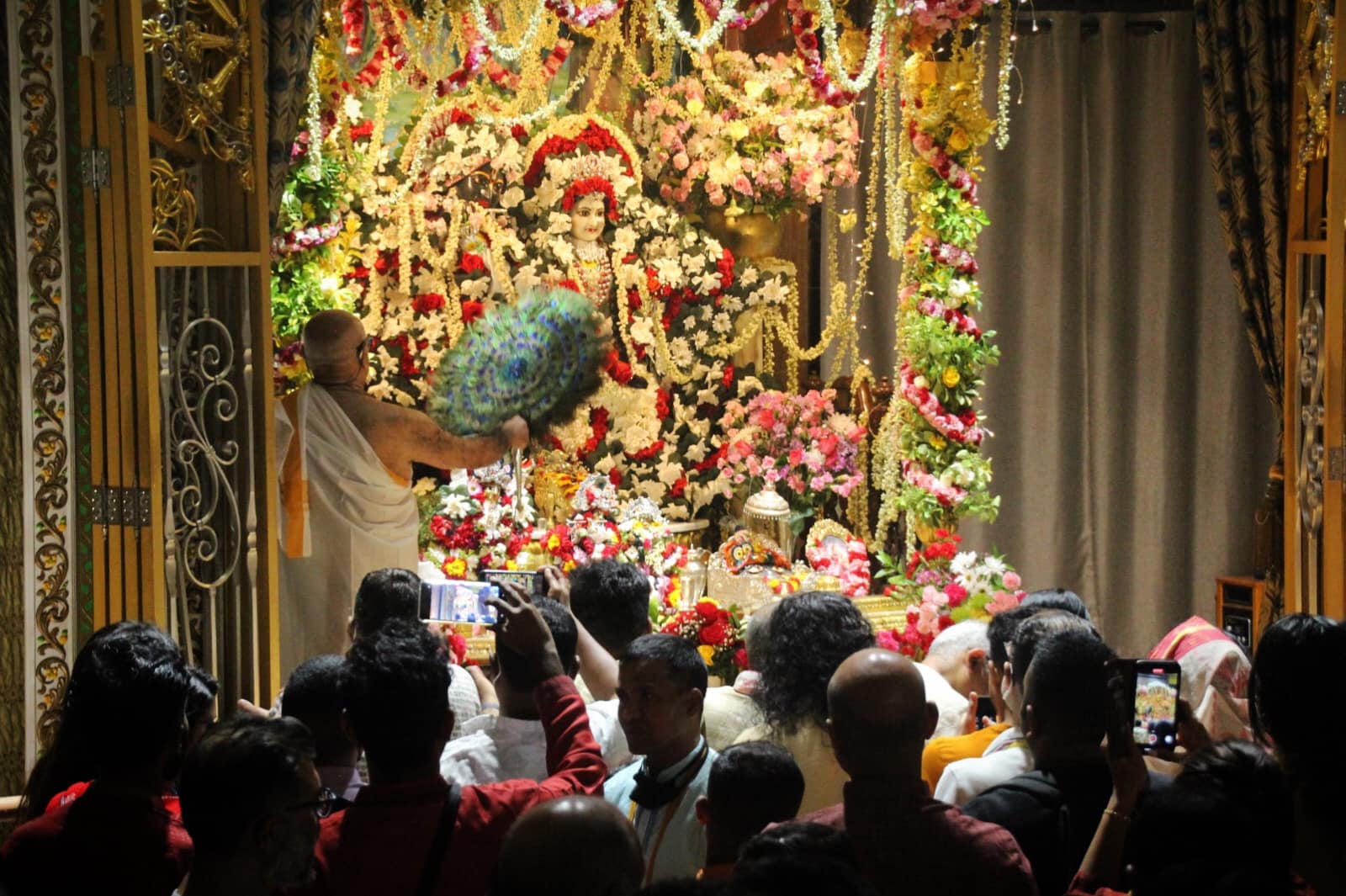
 “Leading media personalities from around the world have been collaborating with IAPC” said Mathewkutty Easo, Secretary, Board of Directors. “IAPC is committed to connecting, training and encouraging emerging media professionals through innovative IT windows and platforms.”
“Leading media personalities from around the world have been collaborating with IAPC” said Mathewkutty Easo, Secretary, Board of Directors. “IAPC is committed to connecting, training and encouraging emerging media professionals through innovative IT windows and platforms.”
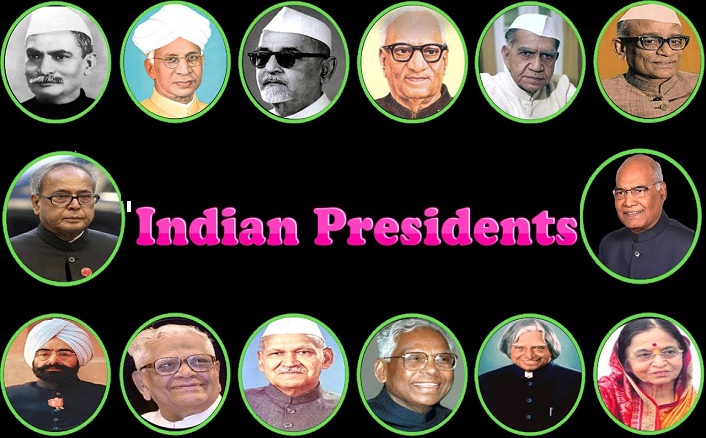


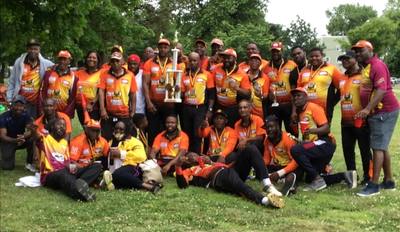
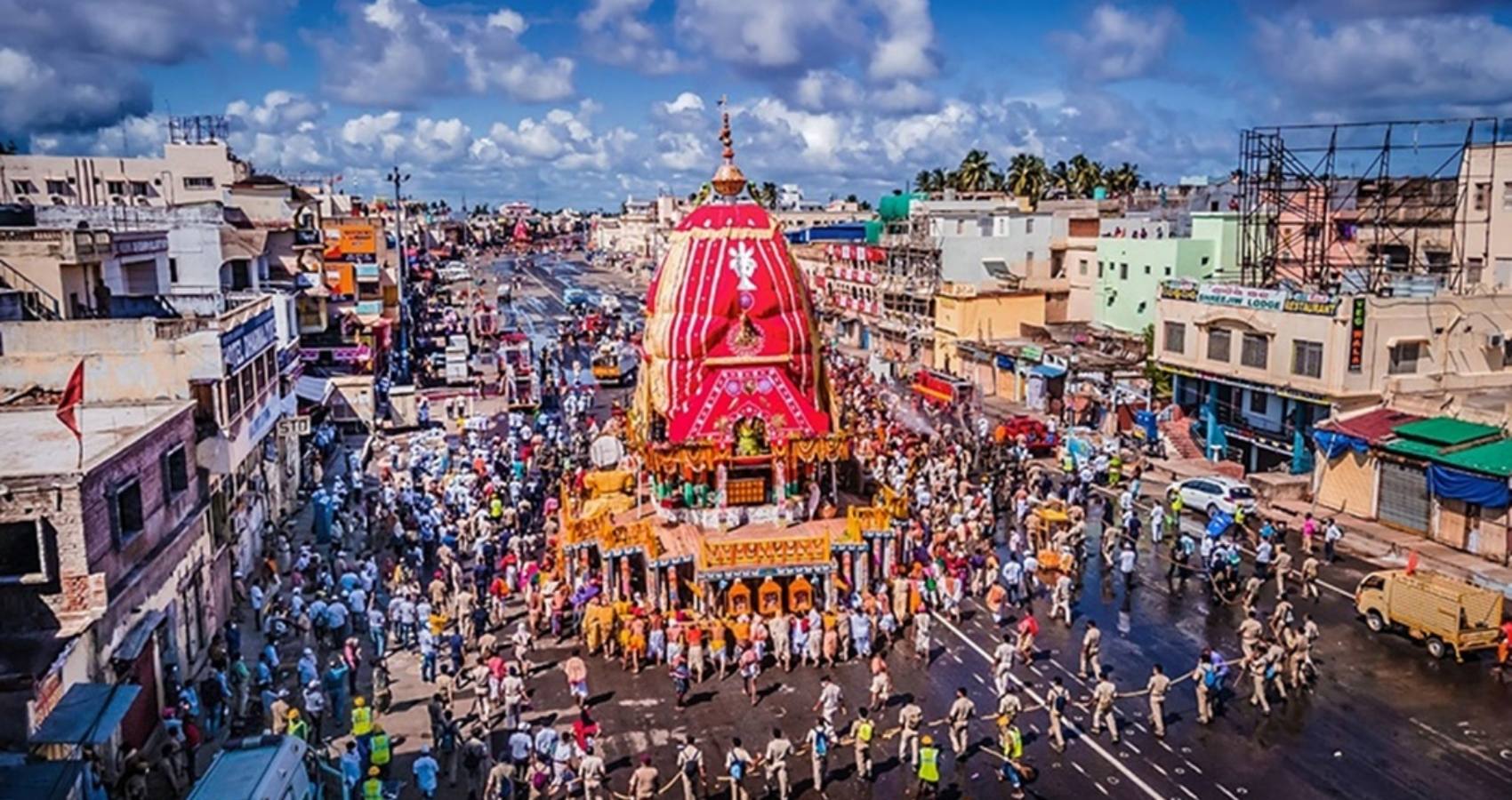
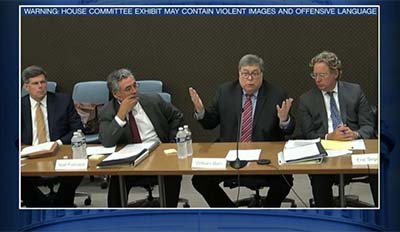



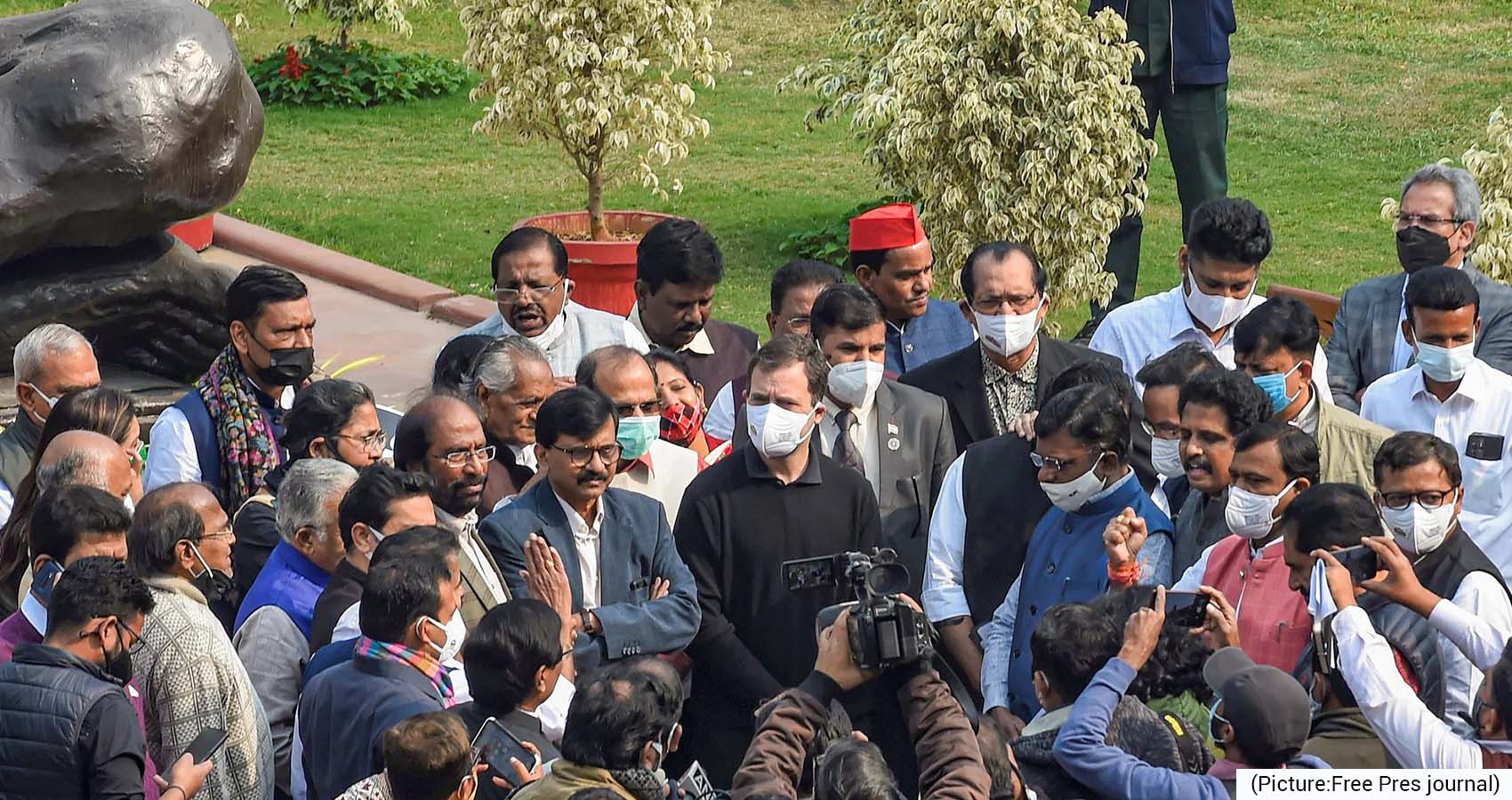
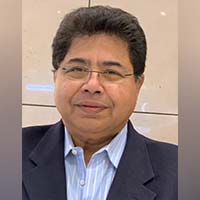



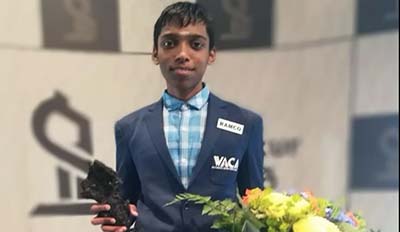

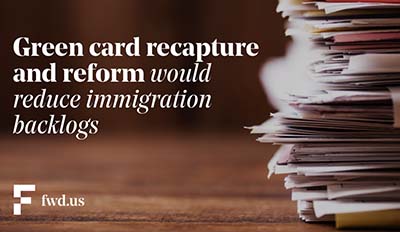




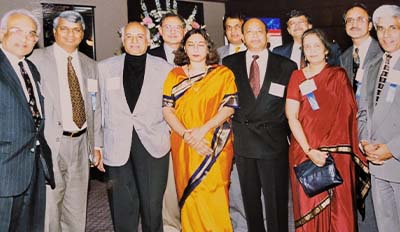



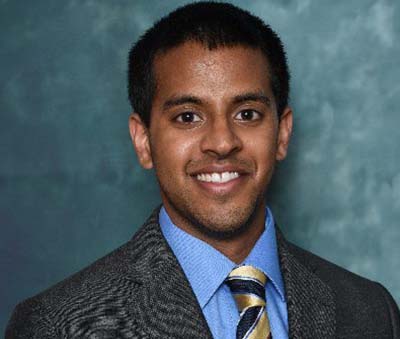

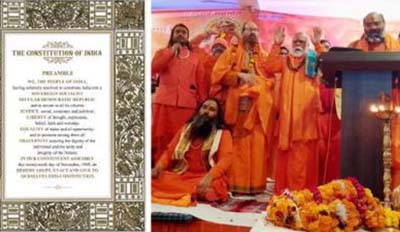
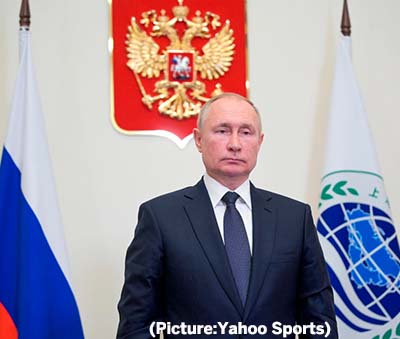
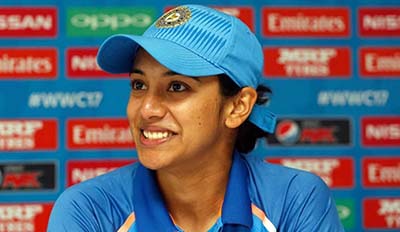


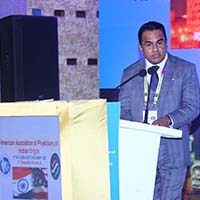
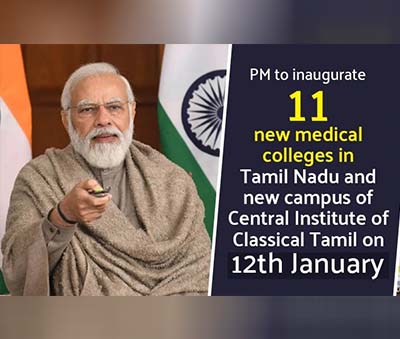


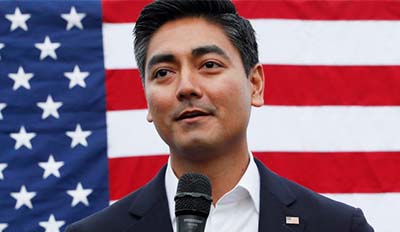


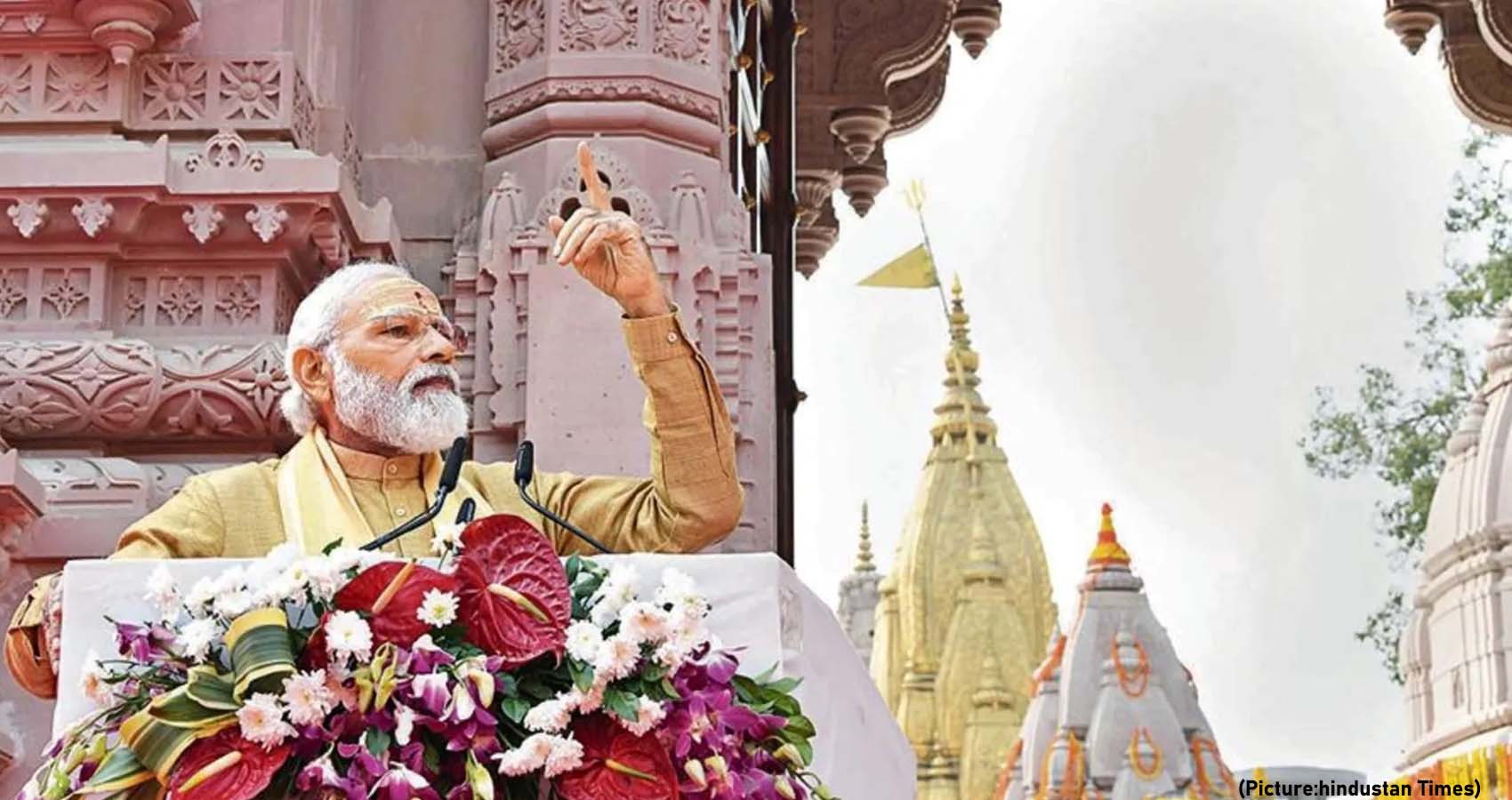






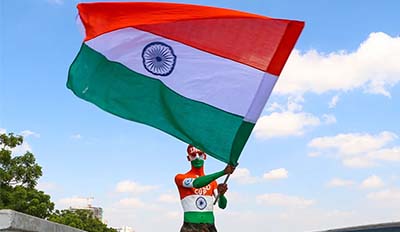
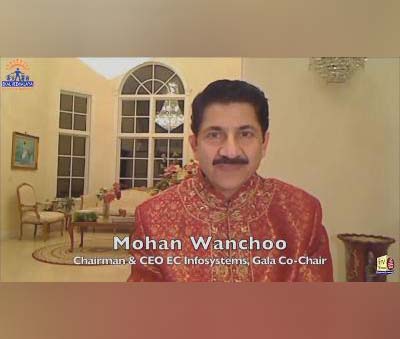

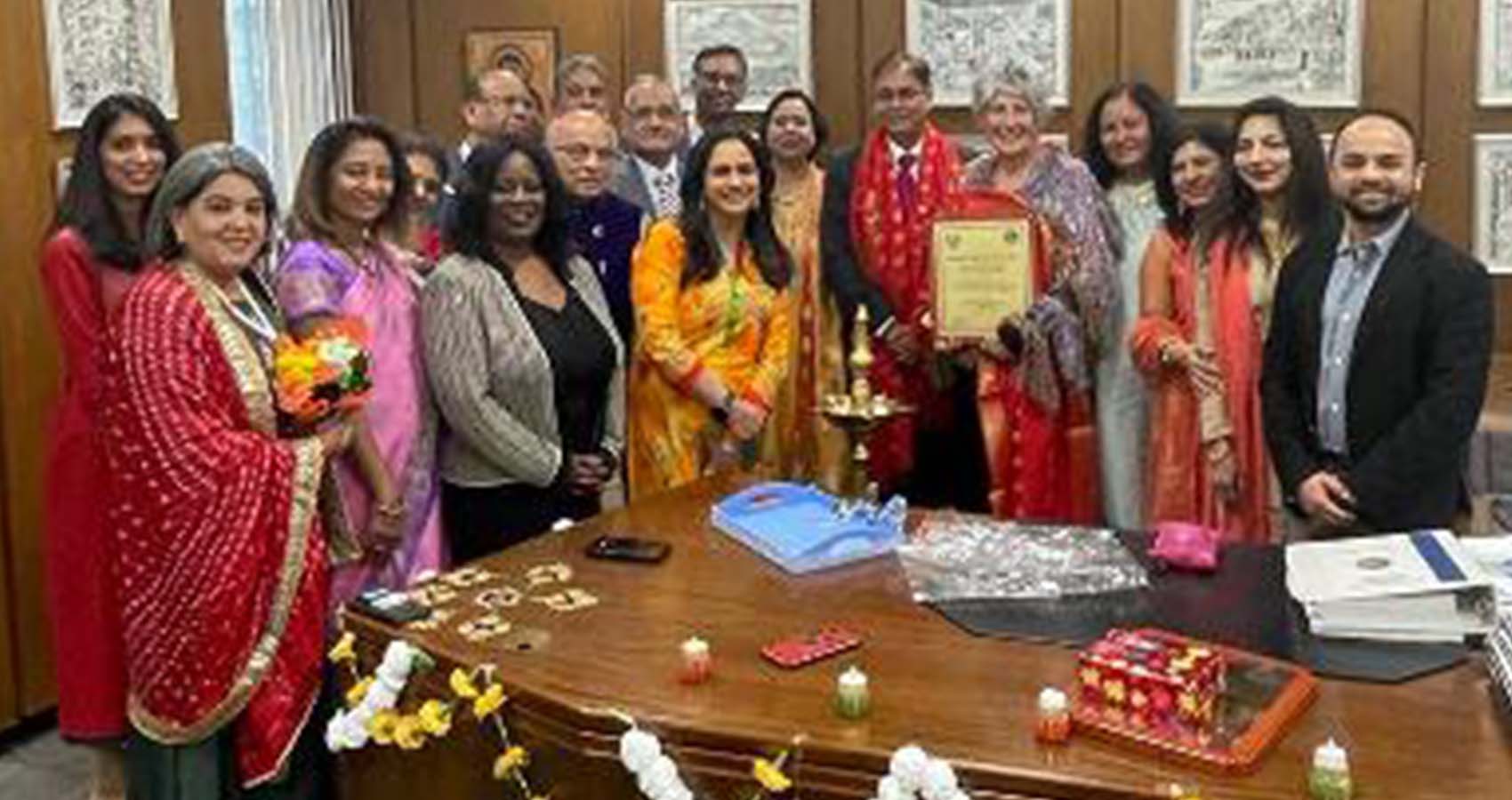









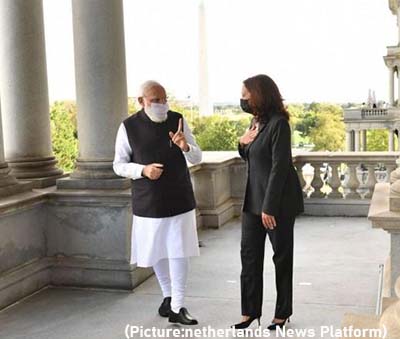
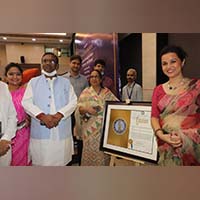
 You have to give yourself credit for making history in instagram by adding 300k followers in less than 24 hrs last year with your glamorous mirror cakes and being the inspiration for cake afficianados around the world. Even the DIY(Do it yourself) kitchen table entrepreneurs are trying their hand at replicating your mirror glaze technique. In less than a year you have been recognized as a social media influencer with your prestigious nomination in the food category this year at ‘the shorty awards thanks to your every increasing followers. How do you feel about your phenomenal path to the top?
You have to give yourself credit for making history in instagram by adding 300k followers in less than 24 hrs last year with your glamorous mirror cakes and being the inspiration for cake afficianados around the world. Even the DIY(Do it yourself) kitchen table entrepreneurs are trying their hand at replicating your mirror glaze technique. In less than a year you have been recognized as a social media influencer with your prestigious nomination in the food category this year at ‘the shorty awards thanks to your every increasing followers. How do you feel about your phenomenal path to the top?
 You have seen phenomenal success in an industry where it is very important to offer something unique and different. How have you kept yourself grounded and what is your strategy to keep the internet drooling over you flawless and incredible creations in the coming years?
You have seen phenomenal success in an industry where it is very important to offer something unique and different. How have you kept yourself grounded and what is your strategy to keep the internet drooling over you flawless and incredible creations in the coming years? To be honest, I like to do everything myself, using my hands. I do not have a large, mass production, which requires special equipment to accelerate the process.
To be honest, I like to do everything myself, using my hands. I do not have a large, mass production, which requires special equipment to accelerate the process.

